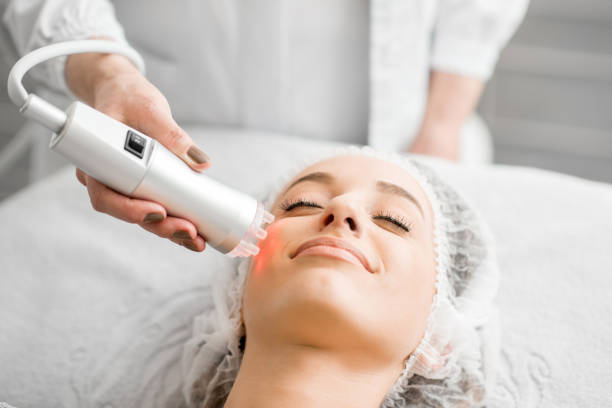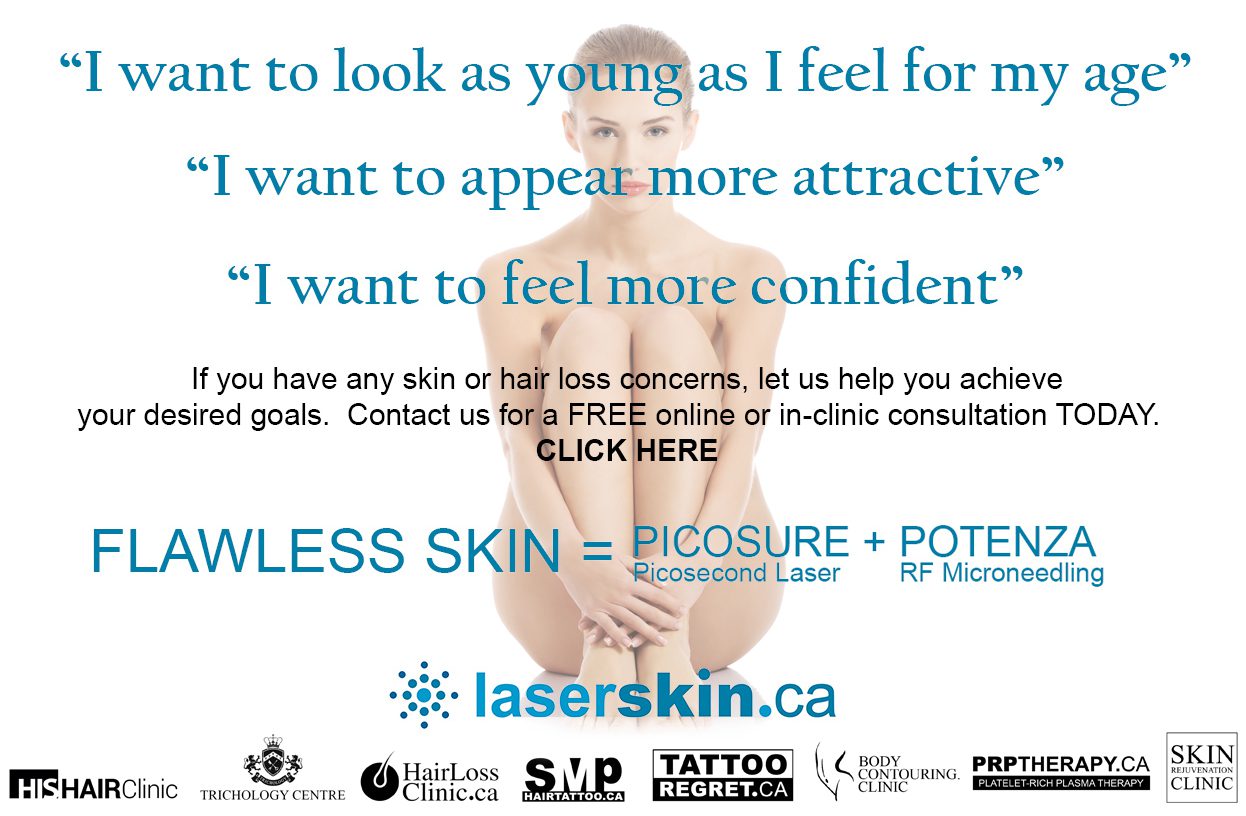Table of Contents
Rejuvenation Dermatology: Achieving Healthy and Youthful Skin
Introduction to Rejuvenation Dermatology
When it comes to achieving healthy and youthful skin, the field of rejuvenation dermatology plays a crucial role. This specialized branch of dermatology focuses on restoring and revitalizing the skin through various treatments and procedures. In this comprehensive guide, we will explore the science behind skin rejuvenation, the goals of rejuvenation dermatology, and the different non-invasive, minimally invasive, and advanced treatments available to rejuvenate your skin.
The Science Behind Skin Rejuvenation
Skin rejuvenation is grounded in scientific principles that stimulate the skin’s natural processes, promote collagen production, and restore youthful vitality. As the skin ages, there is a natural reduction in collagen and elastin, essential proteins for maintaining the skin’s firmness and elasticity. Rejuvenation Dermatology employs diverse methods to combat this decline and revitalize the skin.
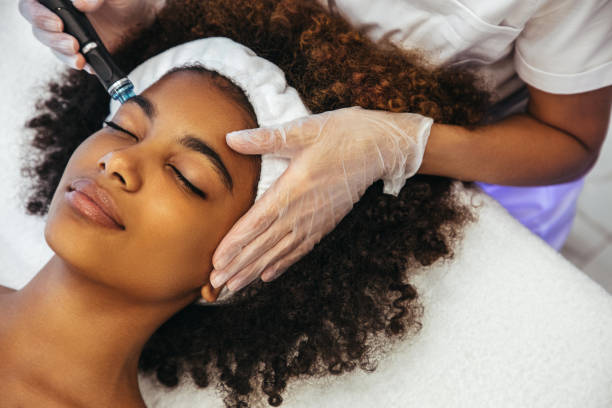
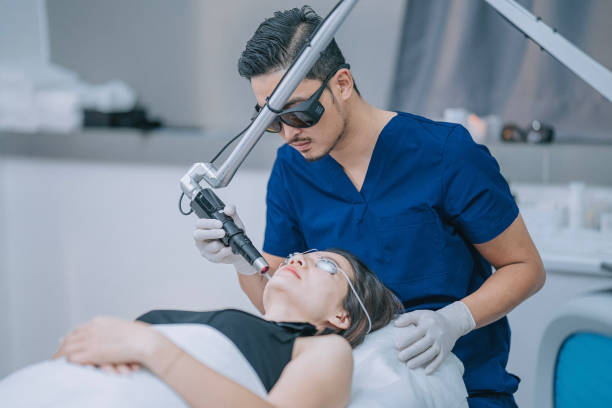
Goals of Rejuvenation Dermatology
Rejuvenation dermatology aims to achieve several primary objectives, including diminishing the visible signs of aging, enhancing skin texture and tone, and targeting specific issues like fine lines, wrinkles, and pigmentation irregularities. Rejuvenation dermatologists employ treatments and procedures tailored to individual needs to achieve optimal patient results.
Aging and its Effect on the Skin
With the passage of time, our skin undergoes a series of transformations that contribute to the development of wrinkles, fine lines, and additional indications of the aging process. Two key factors in this process are the decline in collagen and elastin production and the cumulative effects of sun damage and environmental factors. Understanding these effects is essential in developing effective rejuvenation strategies.
The Role of Collagen and Elastin
Collagen and elastin are essential proteins that provide structural support to the skin. Collagen gives the skin strength and firmness, while elastin allows it to retain its elasticity. With age, the production of these proteins decreases, leading to a loss of skin resilience and the development of wrinkles and sagging.
Sun Damage and Environmental Factors
Excessive sun exposure, along with environmental factors such as pollution and free radicals, accelerates the aging process of the skin. Harmful UV rays penetrate the skin, causing damage to its cells and promoting the breakdown of collagen and elastin. The result of this damage becomes evident through an uneven skin tone, dark spots, and the development of wrinkles and fine lines.
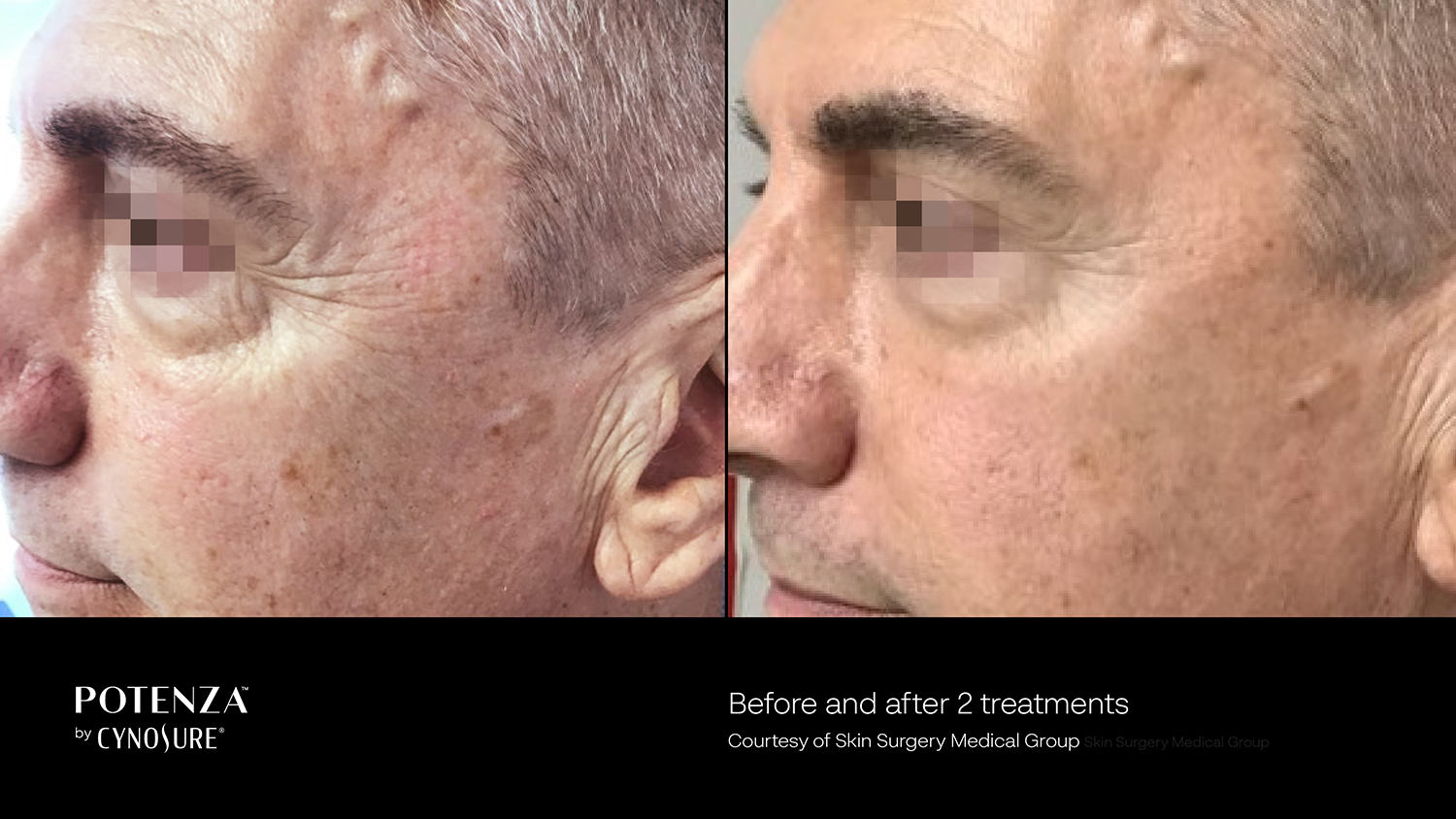
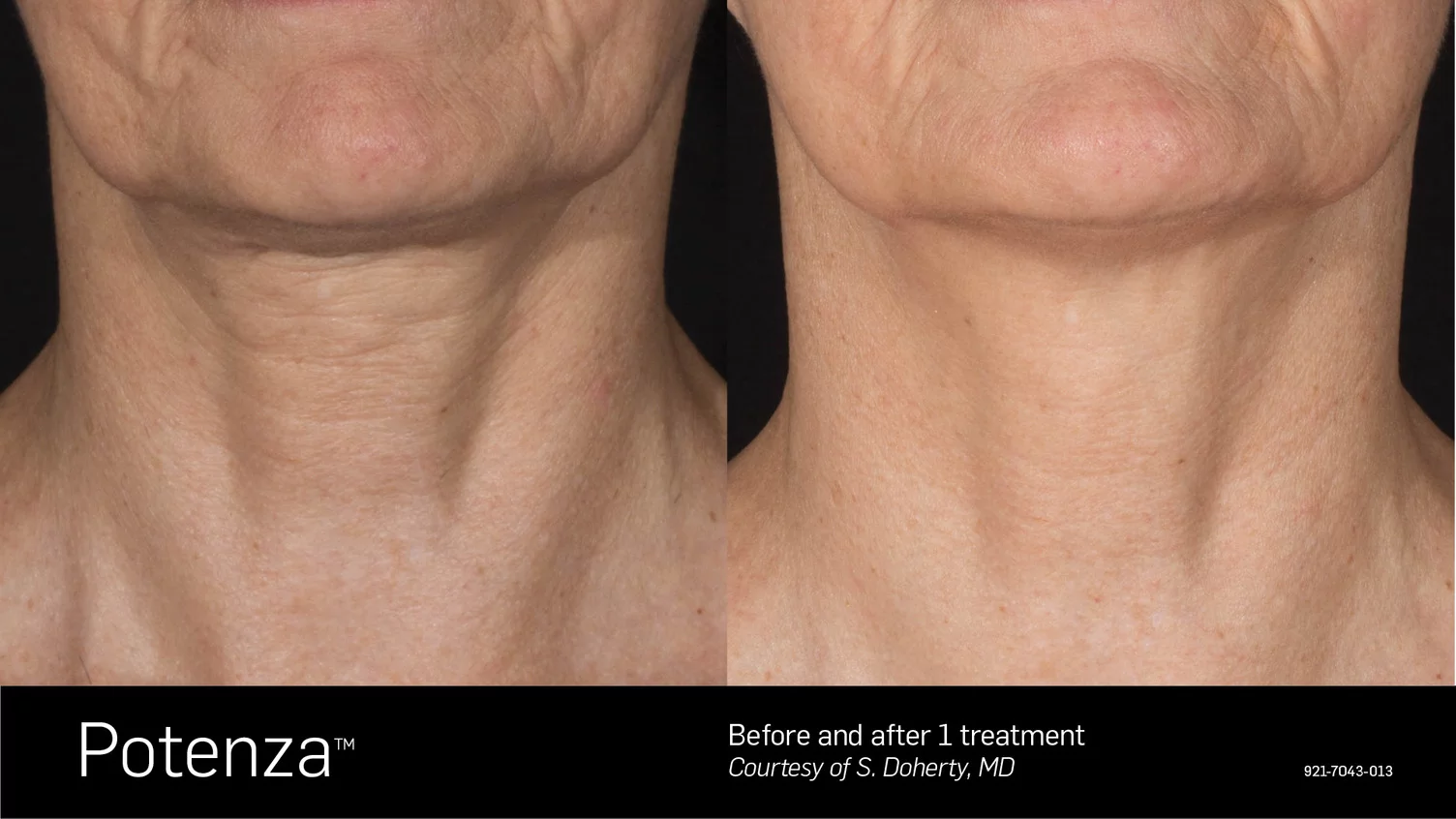
Lifestyle Factors that Influence Skin Health
In addition to intrinsic aging and environmental factors, certain lifestyle choices can impact the health and appearance of the skin. Smoking, poor nutrition, lack of sleep, and high stress contribute to skin damage and accelerate aging. Rejuvenation dermatologists emphasize the importance of adopting a healthy lifestyle to complement rejuvenation treatments.
Non-invasive Rejuvenation Treatments
Non-invasive rejuvenation treatments offer effective options for those seeking to rejuvenate their skin without surgical procedures. These treatments are generally safe, have minimal downtime, and provide noticeable results. Let’s explore some popular non-invasive treatments used in rejuvenation dermatology.
Topical Agents for Skin Rejuvenation
Topical agents play a vital role in skin rejuvenation by promoting cell turnover, stimulating collagen production, and improving skin texture. Some commonly used topical agents include retinoids, antioxidants, and peptides.
Retinoids: Derived from vitamin A, retinoids are renowned for minimizing the visibility of fine lines, wrinkles, and sun damage. They work by stimulating collagen production and promoting skin cell turnover.
Antioxidants: Vitamins C and E, among other antioxidants, are crucial in shielding the skin from free radicals and oxidative stress, providing protective benefits. They contribute to a healthier, more youthful complexion by reducing inflammation and promoting skin repair.
Peptides: In the skin, peptides, which are brief chains of amino acids, can promote the synthesis of collagen and elastin. They work by signalling the skin cells to increase collagen synthesis, improving skin firmness and elasticity.
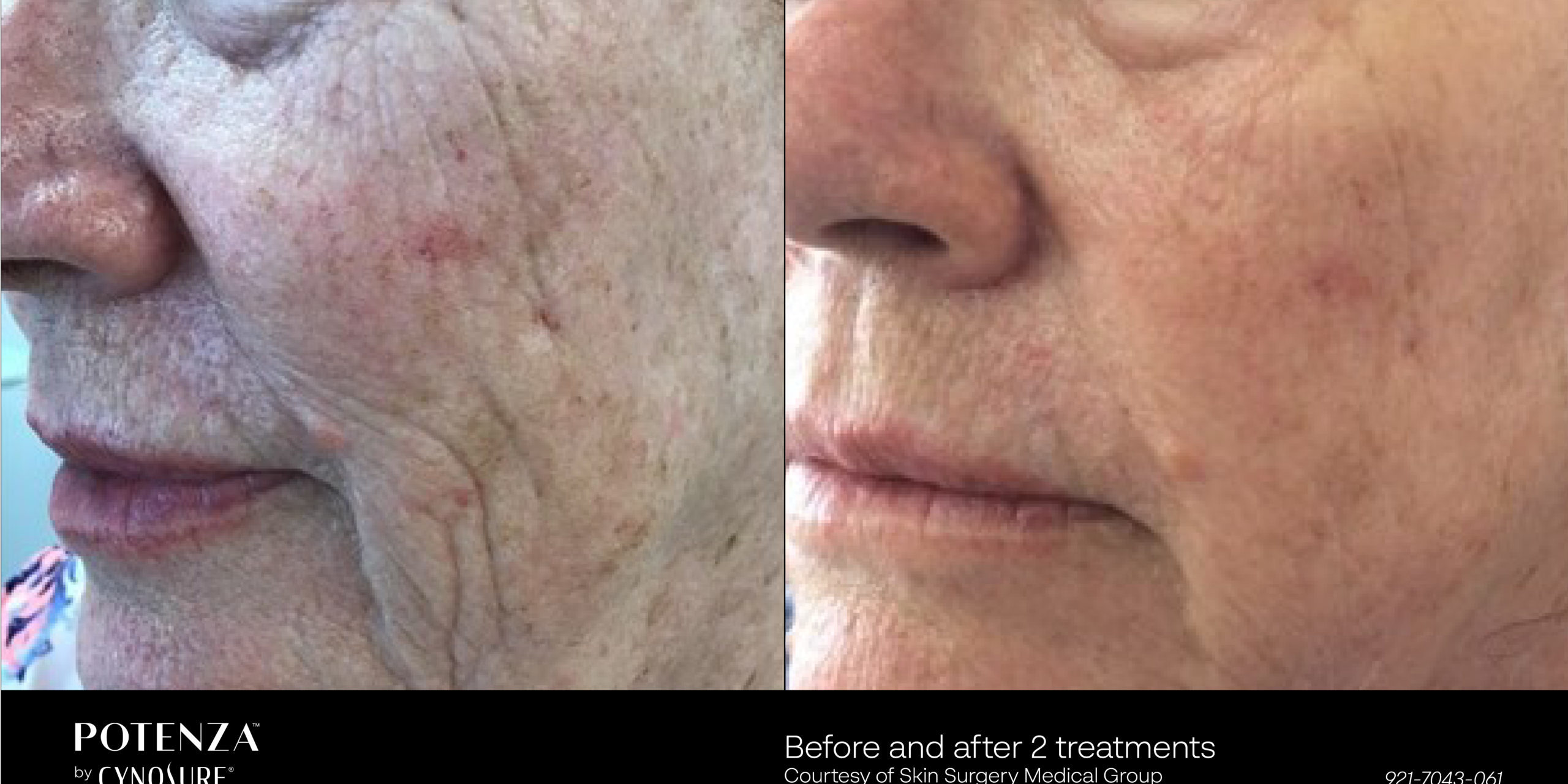

Chemical Peels and Scrubs
Exfoliating treatments such as chemical peels and scrubs enhance skin texture, minimize the visibility of fine lines and wrinkles, and foster a balanced complexion. They work by removing the outermost layer of dead skin cells, revealing fresher, smoother skin underneath.
Glycolic Acid Peels: Glycolic acid peels are chemical peels and utilize glycolic acid, an alpha-hydroxy acid (AHA) derived from natural sources. They effectively treat sun damage, acne scars, and uneven skin tone. Glycolic acid penetrates the skin, exfoliating the dead skin cells and stimulating collagen production.
Salicylic Acid Peels: Salicylic acid peels are often used to treat acne-prone skin. By entering the pores and exfoliating the skin, their process includes reducing the appearance of acne scars and promoting a complexion that appears more clarified.
Laser and Light-Based Treatments
Laser and light-based treatments have revolutionized the field of rejuvenation dermatology. These technologies target skin concerns, such as wrinkles, pigmentation irregularities, and acne scars, with minimal downtime and impressive results.
Fractional Lasers: Fractional lasers deliver precise beams of light energy to the skin, creating microscopic treatment zones. Through this process, collagen production is stimulated, and the skin is resurfaced, reducing wrinkles, acne scars, and sun damage. Fractional lasers offer customizable treatment options for different skin types and conditions.
Intense Pulsed Light (IPL): IPL uses broad-spectrum light to target pigmentation irregularities, such as sunspots and age spots. It breaks down melanin clusters in the skin, resulting in a more even complexion. IPL can also improve the appearance of broken blood vessels and rosacea.

Microdermabrasion and Dermaplaning
Microdermabrasion and dermaplaning are non-invasive exfoliation techniques that help improve skin texture, reduce fine lines, and enhance product absorption.
Microdermabrasion: Utilizing a handheld device, microdermabrasion is a technique that delicately exfoliates the outer layer of dead skin cells. This process reveals smoother skin, improves skin texture, and enhances the absorption of skincare products.
Dermaplaning: Dermaplaning is an exfoliation technique that employs a sterile surgical blade to eliminate dead skin cells and vellus hair (peach fuzz). It leaves the skin smoother and brighter, promoting a youthful appearance.
Microneedling and Radiofrequency Therapies
Microneedling and radiofrequency therapies are minimally invasive treatments that stimulate collagen production and improve the overall texture and tone of the skin.
Radiofrequency Therapies: Heat energy is employed in radiofrequency (RF) treatments to activate collagen production and firm the skin. RF devices deliver energy to the deeper layers of the skin, promoting collagen remodelling and improving skin laxity.
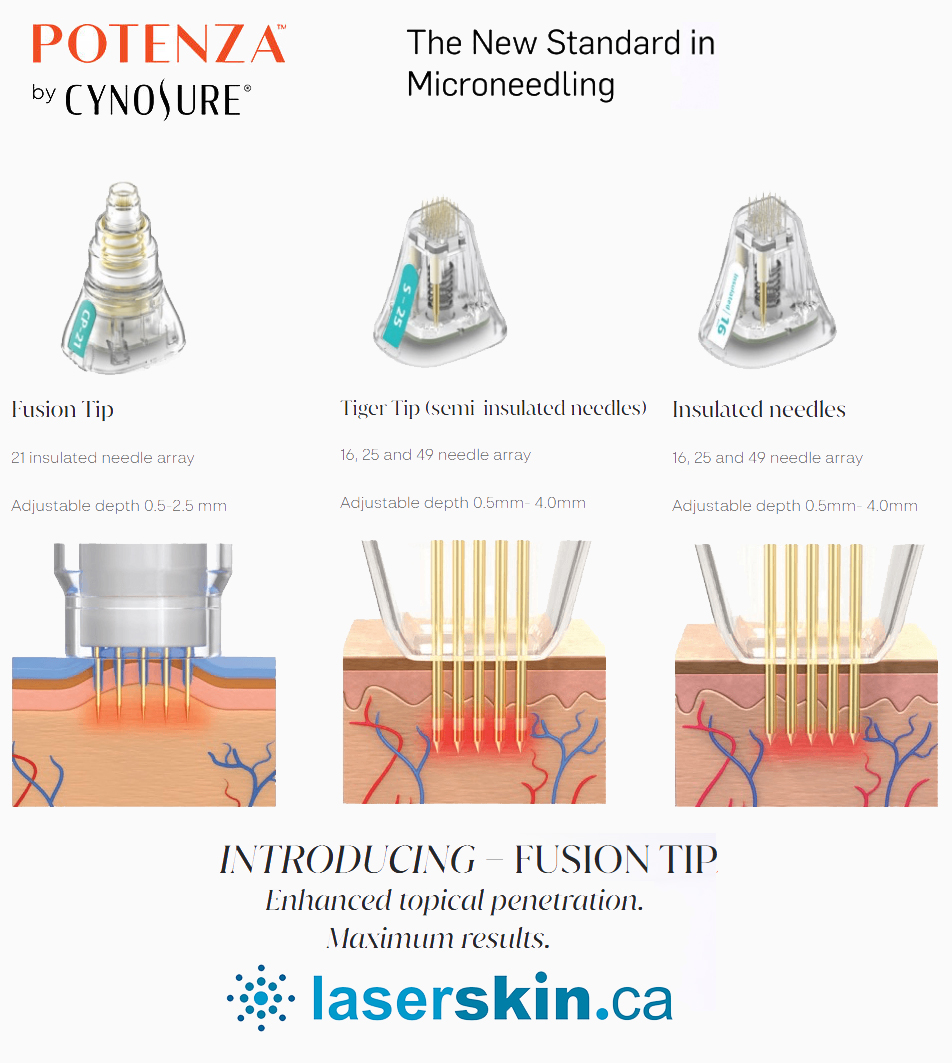
Minimally Invasive Rejuvenation Procedures
For individuals seeking more significant rejuvenation, dermatologists perform minimally invasive procedures that can yield noticeable results.
Injectable Neuromodulators
Injectable neuromodulators, such as Botox and Dysport, are commonly used to reduce the appearance of dynamic wrinkles, such as frown lines and crow’s feet. They work by temporarily relaxing the muscles responsible for the formation of wrinkles, resulting in a smoother and more youthful-looking complexion.
Dermal Fillers
Injectable treatments known as dermal fillers are utilized to restore volume in facial areas that have experienced loss due to aging. They can help fill deep wrinkles, restore facial contours, and enhance features such as the lips and cheeks. Hyaluronic acid fillers, calcium hydroxylapatite fillers, and poly-L-lactic acid fillers are commonly used dermal fillers.
Platelet-Rich Plasma (PRP) Therapy
Platelet-rich plasma (PRP) therapy is a rejuvenation technique that utilizes the growth factors in the patient’s blood to stimulate collagen production and improve skin texture and tone. PRP is extracted from the patient’s blood and then injected into targeted areas of the skin, promoting natural healing and rejuvenation.
Thread Lift
The thread lift is a non-surgical facelift technique where dissolvable threads are inserted into the skin to lift and tighten areas affected by sagging. The threads stimulate collagen production and provide immediate lifting effects, resulting in a more youthful appearance.
Advanced Rejuvenation Treatments
In addition to non-invasive and minimally invasive procedures, advanced rejuvenation treatments offer cutting-edge solutions for skin rejuvenation.
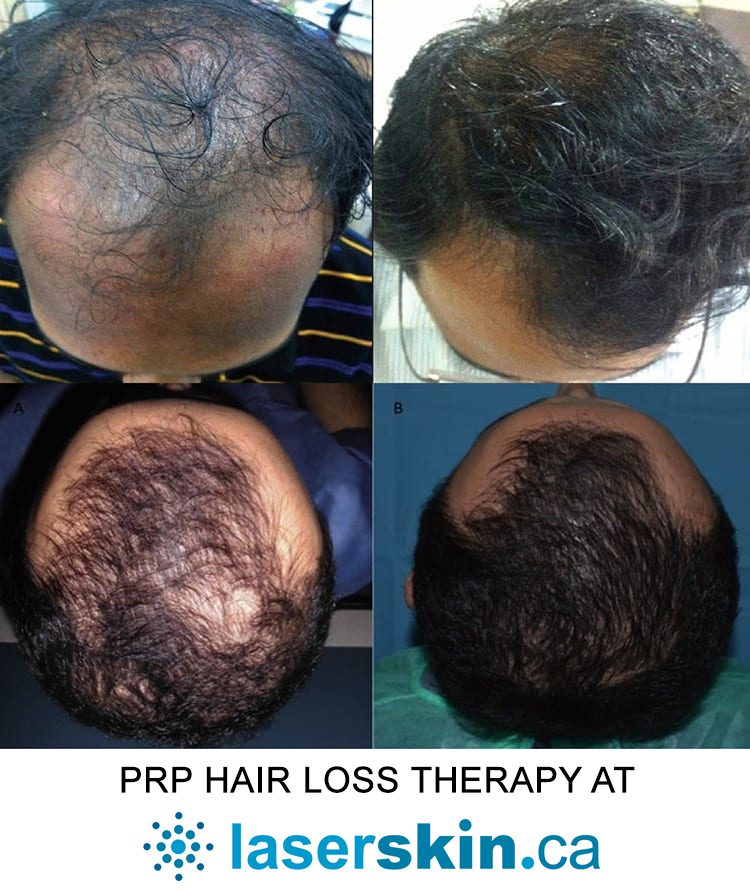
Ultherapy
Utilizing focused ultrasound energy, Ultherapy is a non-invasive treatment that lifts and tightens the skin, stimulating collagen production in the deeper layers and yielding a more youthful and lifted appearance. Ultherapy is often used to target areas such as the face, neck, and décolletage.
Cryotherapy
Cryotherapy entails subjecting the skin to extremely cold temperatures to stimulate healing and rejuvenation. It can be used to treat various skin conditions, such as warts, skin tags, and certain types of skin lesions.
Fat Transfer Procedures
Fat transfer procedures, called fat grafting or fat injections, encompass fat transplantation from one body area to another to revive the skin and replenish volume. It can augment facial features, fill hollow areas, and improve facial contours.
Stem Cell Therapy
Stem cell therapy utilizes the regenerative properties of stem cells to promote skin rejuvenation. Extraction of stem cells from diverse sources like adipose tissue or bone marrow allows for subsequent injection into the skin, promoting cellular regeneration and facilitating collagen production.
Combining Rejuvenation Treatments
In many cases, a combination of rejuvenation treatments may be recommended to address multiple skin concerns and achieve optimal results. Dermatologists develop personalized treatment plans tailored to individual needs, combining treatments to target specific areas and maximize outcomes.
The Importance of Skincare Maintenance
Maintaining healthy and youthful-looking skin requires ongoing skincare maintenance. This includes a daily skincare routine tailored to your skin type and concerns, using sunscreen to protect against sun damage and regular visits to your dermatologist for follow-up treatments and evaluations.
Preparing for Your Dermatology Consultation
Before embarking on any rejuvenation treatments, it is crucial to have a thorough consultation with a board-certified dermatologist. This allows the dermatologist to assess your skin condition, discuss your goals and expectations, and recommend appropriate treatments based on your unique needs.
Questions to Ask Your Dermatologist
You must ask your dermatologist any questions or concerns during your dermatology consultation. This includes inquiries about the treatment options, expected outcomes, potential side effects, and other relevant information.
Expectations vs. Realistic Outcomes
While rejuvenation treatments can yield significant improvements, it is important to have realistic expectations. Discussing the potential outcomes with your dermatologist can help set realistic goals and ensure that the chosen treatments align with your expectations.
Book Your Free Consultation Today Or Call (647) 560-9233
Q & A
What is rejuvenation dermatology?
Rejuvenation dermatology is a distinct branch of dermatology that concentrates on techniques and therapies dedicated to enhancing the appearance and well-being of the skin, fostering a more youthful and revitalized appearance.
The term “rejuvenation dermatology” encompasses a specialized area within dermatology that centers on various procedures and treatments designed to enhance the look and vitality of the skin, aiming for a more youthful and rejuvenated aesthetic.
What are some common rejuvenation dermatology procedures?
Common rejuvenation dermatology procedures include chemical peels, microdermabrasion, dermal fillers, Botox injections, laser treatments, and skin resurfacing techniques.
How does chemical peel contribute to skin rejuvenation?
The process of chemical peels entails applying a chemical solution to the skin, which effectively exfoliates and eliminates the outer layer of dead skin cells, stimulating cellular turnover and unveiling a revitalized and rejuvenated complexion.
What is the role of dermal fillers in rejuvenation dermatology?
Dermal fillers are injectable substances that help restore volume to areas of the face that have lost volume due to aging, improving facial contours and reducing the appearance of wrinkles and lines.
How does Botox contribute to skin rejuvenation?
Botox injections temporarily relax the muscles that cause dynamic wrinkles, such as frown lines and crow’s feet, leading to smoother and more youthful-looking skin.
What can laser treatments achieve in rejuvenation dermatology?
Laser treatments address various skin concerns, including reducing wrinkles, improving skin tone and texture, treating acne scars, and promoting collagen production for skin rejuvenation.
How does microdermabrasion benefit the skin?
Microdermabrasion, a non-invasive treatment, gently exfoliates the skin, eliminating dead skin cells and encouraging the renewal of cells, leading to a complexion that is smoother and more radiant.
What is the purpose of skin resurfacing techniques in rejuvenation dermatology?
Skin resurfacing techniques, such as laser or chemical peels, aim to remove damaged or aged skin layers, stimulating collagen production and revealing healthier, younger-looking skin.
Are rejuvenation dermatology treatments suitable for all skin types?
Rejuvenation dermatology treatments can be tailored to suit various skin types, and a dermatologist will assess the individual’s skin condition and customize the treatment accordingly.
Are rejuvenation dermatology procedures safe?
Rejuvenation dermatology procedures are generally safe when performed by qualified professionals. However, it is important to consult with a dermatologist to discuss individual concerns, potential risks, and benefits associated with specific treatments.
Conclusion
In conclusion, rejuvenation dermatology offers various treatments and procedures to help individuals achieve healthy and youthful skin. From non-invasive options such as topical agents, chemical peels, and laser-based treatments to minimally invasive procedures like injectable neuromodulators and dermal fillers, and advanced techniques such as Ultherapy and stem cell therapy, there are options available to address various skin concerns and goals.
Individuals can receive personalized treatment plans tailored to their needs and expectations by consulting with a board-certified dermatologist. Dermatologists have access to advanced technologies, expertise in skin care, and a deep understanding of the science behind skin rejuvenation. They can guide patients through the process, recommend suitable treatments, and ensure optimal results.
Skincare maintenance is key to sustaining the benefits of rejuvenation treatments. Following a consistent skincare routine, protecting the skin from sun damage, and staying proactive in regular visits to the dermatologist for follow-up evaluations and treatments are essential for long-term skin health.
Rejuvenation dermatology empowers individuals to embrace and celebrate aging while achieving healthy and youthful-looking skin. By addressing concerns such as fine lines, wrinkles, pigmentation irregularities, and sagging skin, these treatments enhance physical appearance and improve self-confidence and overall well-being.
Incorporating advanced technologies, scientific knowledge, and a personalized approach, rejuvenation dermatology continues to evolve, offering innovative solutions to help individuals look and feel their best at any age.
About Laser Skin Clinic
LASERSKIN.CA stands out as a premier clinic in Toronto GTA for rejuvenation dermatology. Offering a wide range of medical procedures, such as laser skin resurfacing, they prioritize patient satisfaction by delivering personalized treatments that address concerns like brown spots, fine lines, and wrinkles.
With their commitment to utilizing advanced technology and providing exceptional service, LASERSKIN.CA ensures that each visit is a positive experience. Whether you seek a single treatment or a series of sessions, their dedicated team of physicians and skincare experts will guide you, offering the highest level of care.
Trust LASERSKIN.CA for comprehensive and effective rejuvenation solutions tailored to your individual needs, as they strive to deliver optimal results and help you achieve the desired skin.
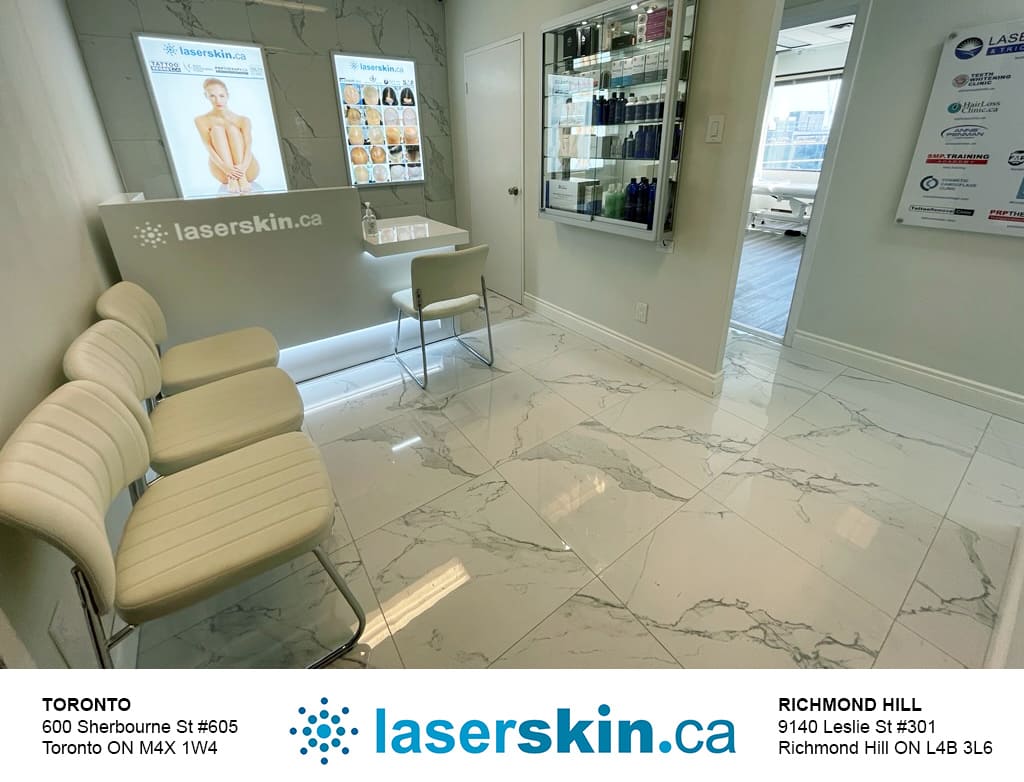
Toronto: 600 Sherbourne St #605
Richmond Hill: 8763 Bayview Ave #5-6
647-560-9233

